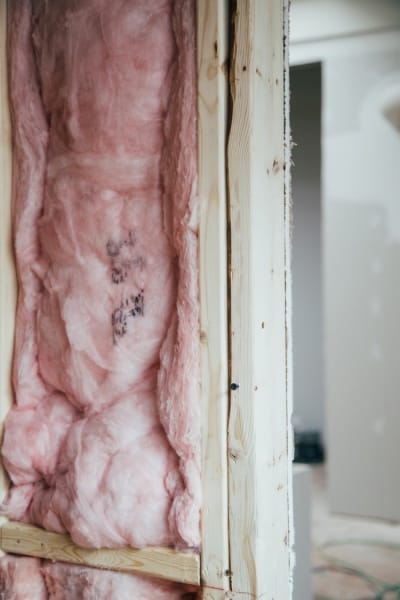The Opportunities for Roof Insulation
Ever wonder why some roofs in town are clear of snow in the winter and some have a blanket? The answer is usually roof insulation. The more well-insulated the house, the more the heat conserved, and the snowier the roof. A well-insulated roof also means lower electric bills, reduced carbon footprint, and better air quality in the home. Roofing insulation is so important to home efficiency and safety, even more than in other parts of the home. This is why the standard heat resistance value (R-value) for a wall is R-19, but a roof is R-30 or R-40. The higher the number, the more resistant the material is to transferring heat.
Checking Your Home's Insulation
It’s wise to check your insulation situation now, before winter. If you go up to your attic, you should see insulation between the rafters of the ceiling or floor. If the insulation is gray and has a texture similar to fish-tank gravel, don’t explore further. The insulation is likely vermiculate, an asbestos product. Call a trained asbestos remediation crew.If you see what looks like a paper-sided pink comforter, you’re seeing fiberglass insulation. The blanket form of fiberglass insulation does reduce heat transfer, but because it doesn’t fit within the rafters at all points, heat in the winter and cool air in the summer still sneaks out between the open spaces.

A more efficient option is blown insulation, such as AttiCat. Also a fiberglass product, it retains its R-value because it creates pockets of trapped air that prevent heat transfer. Blown insulation is more efficient than blanket insulation since it is sprayed and expands into even the most irregular or cramped of attic corners, such as those found in historic homes, or homes with dormers and additions. It’s also mess free: there’s no dust and the system is fully enclosed.
True, insulation is only one part of a larger story of energy efficiency. To fully protect a roof also requires attic rafter vents, ice and water barriers, soffit ventilation, good underlayment and shingles. While this may sound complex, there are systems that simplify the decision making. For example, the Owens Corning Total Protection Roofing System is designed to show all the options that would protect a home. You can then compare those options to what your home currently has and decide if, where, and how to upgrade.
What We Can Do For You
The roofing experts at J & B West Roofing and Construction can assess your insulation and let you know if you're in need of a replacement to save money on energy bills. Contact J & B West Roofing and Construction today or call us at (219) 363-6151 to learn more about improving your roof’s energy efficiency.Tags
Subscribe to J & B West Roofing and Construction's Blog










Comments